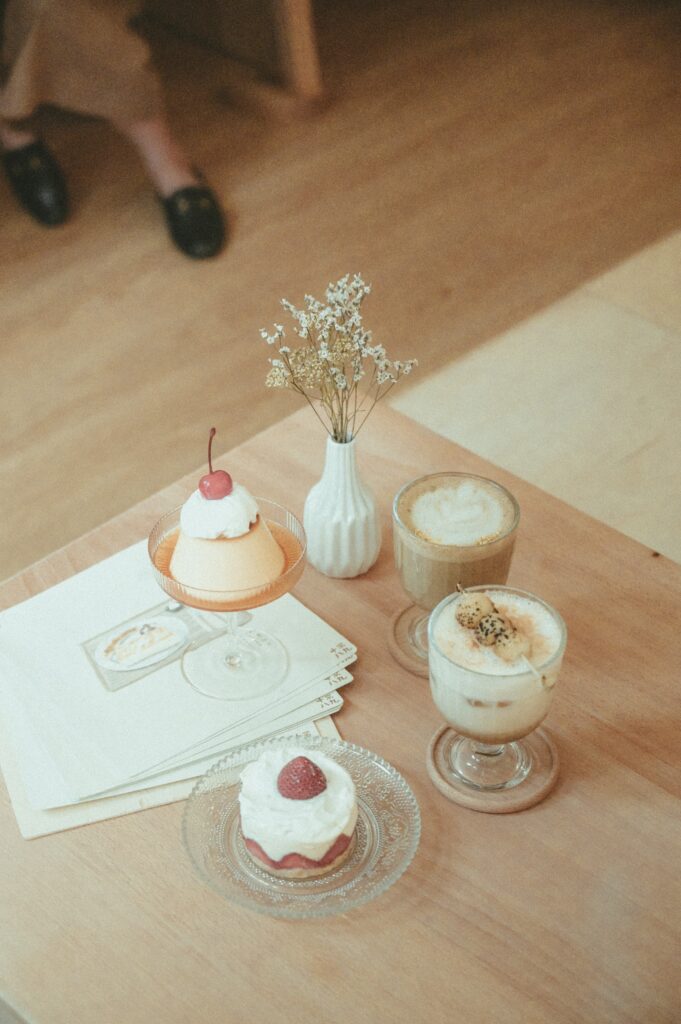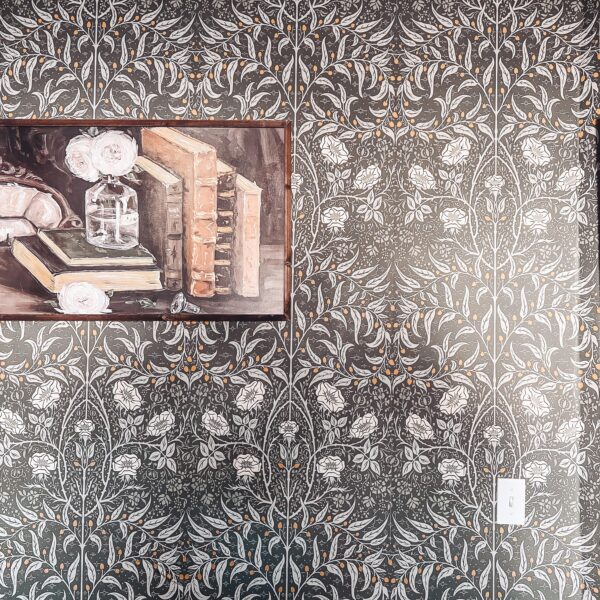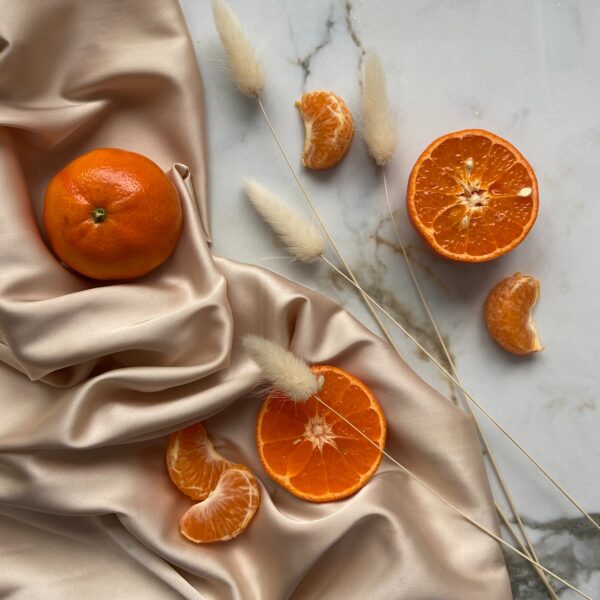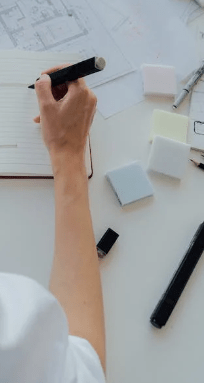The art of Feng Shui is an ancient Chinese art and science that aims to create balance and harmony in the environment to enhance the flow of energy, known as “chi.” The term “Feng Shui” translates to “wind” and “water,” symbolizing the natural elements that are essential in the practice. It’s important to note that the art of Feng Shui is a complex practice, and its application can vary based on different schools and practitioners. While some people believe in its effectiveness, others may view the art of Feng Shui as more of a philosophical or aesthetic approach to creating harmonious living spaces.
The underlying principle of the art of Feng Shui is that everything in the universe is connected and influenced by the flow of energy. By arranging and aligning objects, structures, and spaces, Feng Shui seeks to optimize the energy flow and create a positive and supportive environment.

Here is an introduction to the key concepts and techniques used in Feng Shui
- Bagua: The Bagua is a Feng Shui energy map that divides a space into eight areas or guas, each representing a different aspect of life, such as health, wealth, relationships, and career. By placing the Bagua over a floor plan or a specific room, practitioners can identify areas that may need attention and make adjustments accordingly.
- Yin and Yang: Yin and Yang are opposing forces that represent duality in nature. Yin is associated with qualities such as tranquility, darkness, and softness, while Yang represents activity, light, and boldness. In Feng Shui, achieving a balance between these energies is important to create harmony in a space.
- Five Elements: The Five Elements (Wood, Fire, Earth, Metal, and Water) are fundamental to Feng Shui. Each element is associated with specific qualities and colors and can be used to balance and enhance the energy of a space. The interaction and balance of these elements are crucial in Feng Shui design.
- The flow of Chi: Chi is the life force energy that permeates everything. In Feng Shui, promoting the smooth flow of chi is essential. Clutter, obstacles, or poorly arranged furniture can disrupt the flow of energy, leading to imbalances in the environment. Clearing clutter, using mirrors to redirect energy, and arranging furniture to facilitate movement are some ways to optimize chi flow.
- Placement and Orientation: The positioning and orientation of objects and structures are significant in Feng Shui. For example, the front entrance of a home should be inviting and unobstructed to allow positive energy to enter. Furniture placement should support a sense of stability and comfort, while the placement of mirrors, plants, and water features can be used strategically to enhance specific areas of life.
- Personal Energy and Intention: The art of Feng Shui also recognizes the influence of personal energy and intention on a space. It encourages individuals to be mindful of their thoughts, emotions, and actions within their environment, as these can impact their overall energy. Incorporating personal items, symbols, and colors that resonate with an individual’s goals and intentions can further enhance the positive energy in a space.
Now, let’s talk about clutter…
Clutter is considered to be stagnant energy that can obstruct the flow of positive energy. The art of Feng Shui emphasizes the importance of decluttering and organizing spaces to allow energy to flow freely. There are various types of clutter. Clutter is defined as, “a collection of things lying around in an untidy mess.” Clutter, decluttering, tidying – these have all been buzzwords that we have been hearing for a couple of years now. Take care of the clutter. You’ll thank me and yourself later.
In conclusion to the art of Feng Shui
The art of Feng Shui is a holistic approach to design and living. While it can involve intricate principles and calculations, the ultimate goal is to create a harmonious, balanced, and supportive environment that promotes well-being, prosperity, and positive energy flow. If you are ready to master the art of minimalism and use it within your home, I’m inviting you to join me inside “The Art Of The Holistic Home“, a 7-day e-mail course where you will learn how to create your own holistic space and start on the path toward being able to transform your whole home into one that supports your overall well-being and is also beautiful! Click here to join today!
Love,






[…] in turn, make me feel like I was supported! This is where I found Feng Shui. The ancient Chinese art of Feng Shui, which translates to “wind and water,” is a practice that focuses on arranging the […]